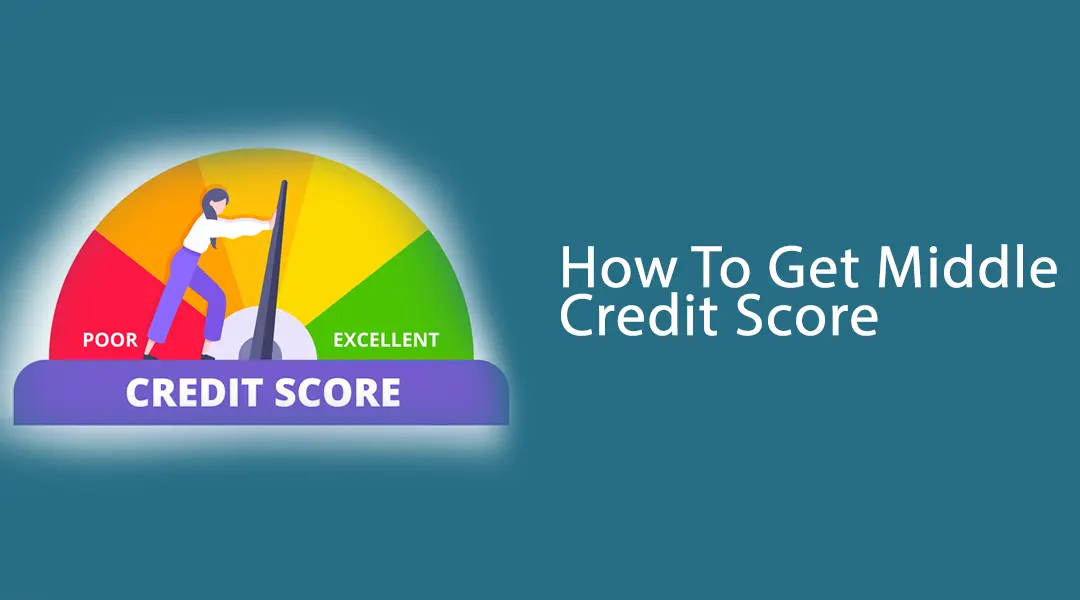Your credit score is one of the most important financial metrics that you have. It is used by lenders, landlords, and even employers to assess your creditworthiness. There are many different credit scoring models, but one of the most widely used is the FICO score, which ranges from 300 to 850. In this article, we will be discussing the “middle credit score” and the factors that contribute to it.
Table of Contents
What Is The Middle Credit Score?
A credit score is a three-digit number that represents the general state of your credit history. It takes into account a variety of factors such as payment history, credit utilization, credit history length, and types of credit. A credit score is considered to be in the middle range when it falls between 660 and 719. The “middle credit score” is what this is frequently referred to as.
Middle Fico Score
FICO score is a credit score model developed by the Fair Isaac Corporation. It is the most widely used credit score model in the United States. Higher FICO scores reflect a stronger credit history and range from 300 to 850. A score in the middle range of 660 to 719 is considered a “middle FICO score.”
What Contributes To A Middle Credit Score?
There are a few key factors that contribute to a middle credit score. Payment history is the most crucial of these variables. Your FICO score is 35 percent based on your payment history. This means that if you have a history of late or missed payments, it will negatively impact your credit score. Another important factor is credit utilization. This is the amount of credit you are using compared to the amount of credit you have available. It makes up 30% of your FICO score. Generally speaking, you should aim to maintain your credit utilization below 30%.
Other factors that contribute to a middle credit score include the length of your credit history (15%), types of credit you have (10%), and new credit (10%). A longer credit history shows lenders that you have a responsible track record of managing credit, while a diverse mix of credit types (such as a mortgage, credit card, and personal loan) suggests that you can handle different types of credit responsibly.
Determine Your Middle Credit Score
To determine your middle credit score, you would need to check your credit report and look for your credit score, which is often reported as a three-digit number. There are a few different credit scoring models that are used, but one of the most widely used is the FICO score, which ranges from 300 to 850.
If your credit score falls between 660 and 719, it is considered to be in the middle range and referred to as “middle credit score”.
What is your middle credit score? You can check your credit score by obtaining a free credit report from one of the three major credit bureaus: Equifax, Experian, and TransUnion. Each credit reporting organization must provide you with one free credit report each year. You can also access your credit score through various online services, but they may charge a fee or require a credit card for access. Also, you might ask your bank or credit card issuer if they also provide free credit score access, as some institutions offer it to their customers.
It’s important to keep in mind that there are a variety of credit scoring models and the specific number may vary depending on which credit bureau or model is used to generate the score. However, with a middle credit score, you have a good chance of being approved for many types of credit but may not qualify for the best terms and interest rates.
How To Improve Your Middle Credit Score
If your credit score is in the middle range, it is important to take steps to improve it. Here are a few ways to do so:
1. Pay All Your Bills On Time
Late or missed payments can have a big impact on your credit score. It’s essential to always pay your bills on time, or even better, ahead of time to avoid any late payment fees.
2. Keep Your Credit Utilization Low
As mentioned earlier, credit utilization makes up a significant portion of your credit score. Maintain a credit utilization rate under 30%. This means you should be using less than 30% of the credit available to you.
3. Don’t Close Old Credit Accounts
Your credit score is influenced by the length of your credit history. So, If you have old credit accounts that you don’t use, don’t close them. It will show that you’ve handled credit responsibly for a long time, which is viewed positively by lenders.
4. Check Your Credit Report For Errors
Occasionally, credit reports may contain errors. It’s essential to check your credit report regularly to ensure that the information contained within it is accurate. If you do find errors, contact the credit bureau and the company that provided the information to have them corrected.
5. Be Mindful Of New Credit Applications
Every time you apply for new credit, an inquiry is made on your credit report. This may lead to a temporary deterioration of your credit rating. So, be mindful of the number of new credit applications you make, and only apply for credit when you truly need it.
Conclusion
A middle credit score can be a frustrating place to be, as it may make it difficult to qualify for some types of credit or get favorable terms. However, by understanding the factors that contribute to your credit score and taking steps to improve it, you can raise your credit score and gain access to more credit options. Some of the things you can do include paying all your bills on time, keeping your credit utilization low, and not closing old credit accounts. Additionally, checking your credit report regularly and being mindful of new credit applications will also help you to maintain and improve your middle credit score. Remember, that it takes time and consistent effort to raise your credit score, but it’s worth the effort in the long run as it will have a positive impact on your overall financial well-being.




